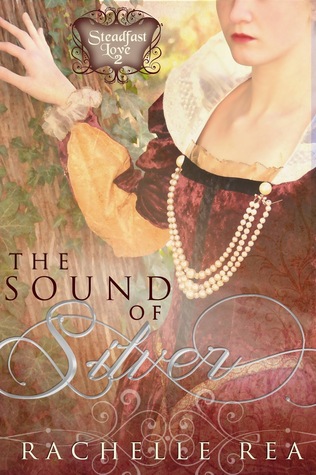USING SENSORY SCIENCE FOR DEEPER DESCRIPTIONS
© 2015 By Jeanne Marie Leach
The dictionary defines the “senses” as any of the faculties involving sight, hearing, smell, taste, or touch, by which humans perceive stimuli originating from outside or inside the body. These five senses are the ones everyone learns about in school, and writer’s groups remind you to be sure to utilize them all.
However, in the scientific world there is no solid consensus among neurologists regarding the actual number of senses because of differing definitions of what actually composes a sense. Humans are considered to have at least six additional senses that include:
- · Balance and acceleration
- · Temperature differences
- · Muscle and joint motion
- · Pain
- · Sense of time
- · Direction
After researching these further, I’ve come to the conclusion that these extra “senses” are a valuable part of descriptions used in fiction stories, so as a fiction author, keep these in mind. Most of them are usually mentioned naturally as the need arises in a story, but a couple of them could easily be overlooked. Using these senses will definitely enhance the word pictures you create and will deepen the characters.
This week, I am focusing on the sense of time.
Sense of Time
One field of study within psychology and neuroscience is time perception, which relates to the sense of time. The sense of time differs from the other senses in that time cannot be exactly apparent. Humans can perceive short periods of time, as well as durations that are a significant portion of their lifetime. Many experiments have noted the relationship between perceived and measured time.
Although psychologists often agree that time appears to go faster with age. One day to an eleven-year-old would be approximately 1/4,000 of their life, while one day to a 55-year-old would be approximately 1/20,000 of their life. This is perhaps why a day would appear much longer to a young child than to an adult.
It is important to note this in our writing. Most of us have written about a moment in time that felt like hours had passed, when it was only a minute. Keep in mind that this particular sense occurs more and for longer periods of time the older the character becomes. Younger people would tend to experience these moments in real time. These people think it is unnecessary to make plans.
Another illusion of time can best be illustrated by two people each taking a journey that takes an equal amount of time. The person who covers more distance will appear to take longer than the journey covering less distance, even though they took an equal amount of time.
Some researchers attempt to categorize people by how they differ in their perception of time.
People with a present perspective of time have a tendency to believe that the actions in the present do not significantly affect the future. They don’t think an action taking place in the present will affect the probability of a future outcome.
People with a future perspective tend to believe that an action taken place in the present increases the probability of a future outcome. These people are very goal-oriented, with a high capacity to make conclusions about future results. They usually prepare task lists, use a calendar, and tend to wear a watch.
Time urgency refers to the need for a swift response or action to reach a particular goal. It can be described on an axis with a scale from high to low.
These two dimensions generate four types of personalities.
- Organizers -- high time importance and future time perspective. High awareness of time. Illustrated by scheduling tasks and activities and striving for higher-than-average achievement.
- Crammers -- high time urgency and present time perspective. Characterized by high awareness of time. Must wield control over deadlines. Very competitive, determined to achieve. Impatient.
- Relators – Low time urgency and present time perspective. Not given to care about deadlines or passage of time or taking risks. Acts impulsively, focuses on present tasks and on relationships.
- Visioners – Everything the same as relators, except they don’t focus on present tasks or relationships, but concentrate on future goals.
Writing application
I’ve already mentioned many ways you can apply the sense of time more effectively to your writing. When fleshing out our characters, be sure to include their time perspective. There will no doubt be a moment or many moments when their perception of time will be important to the story. Keeping the character true to themselves will create solid, three-dimensional characters.
Final note: This concludes the series that takes us beyond the five senses when writing our stories. By paying closer attention to these six “deep” senses, you’ll infuse better action and closer attention to details into your book.
Thank you for this opportunity to unveil my latest discovery in the world of writing fiction. Jeanne
And we thank you, Jeanne, for sharing all this fascinating information with us.
Readers, if you missed the first three parts of this series, click on the links below:
- Part 1: BALANCE and ACCELLERATION
- Part 2: MUSCLE and JOINT MOVEMENT
- Part 3: PAIN
About Jeanne:
-->>> For a special treat, please come back again next Tuesday for a discussion about REPEAT POLICE. I, for one, can’t wait to see what that’s all about.
Don't forget to join the conversation!
TWEETABLE:
[bctt tweet="#sensoryscience 'Sense of Time' #writingtalktuesday with author Jeanne Marie Leach. A great writing tip. Check it out!"]










